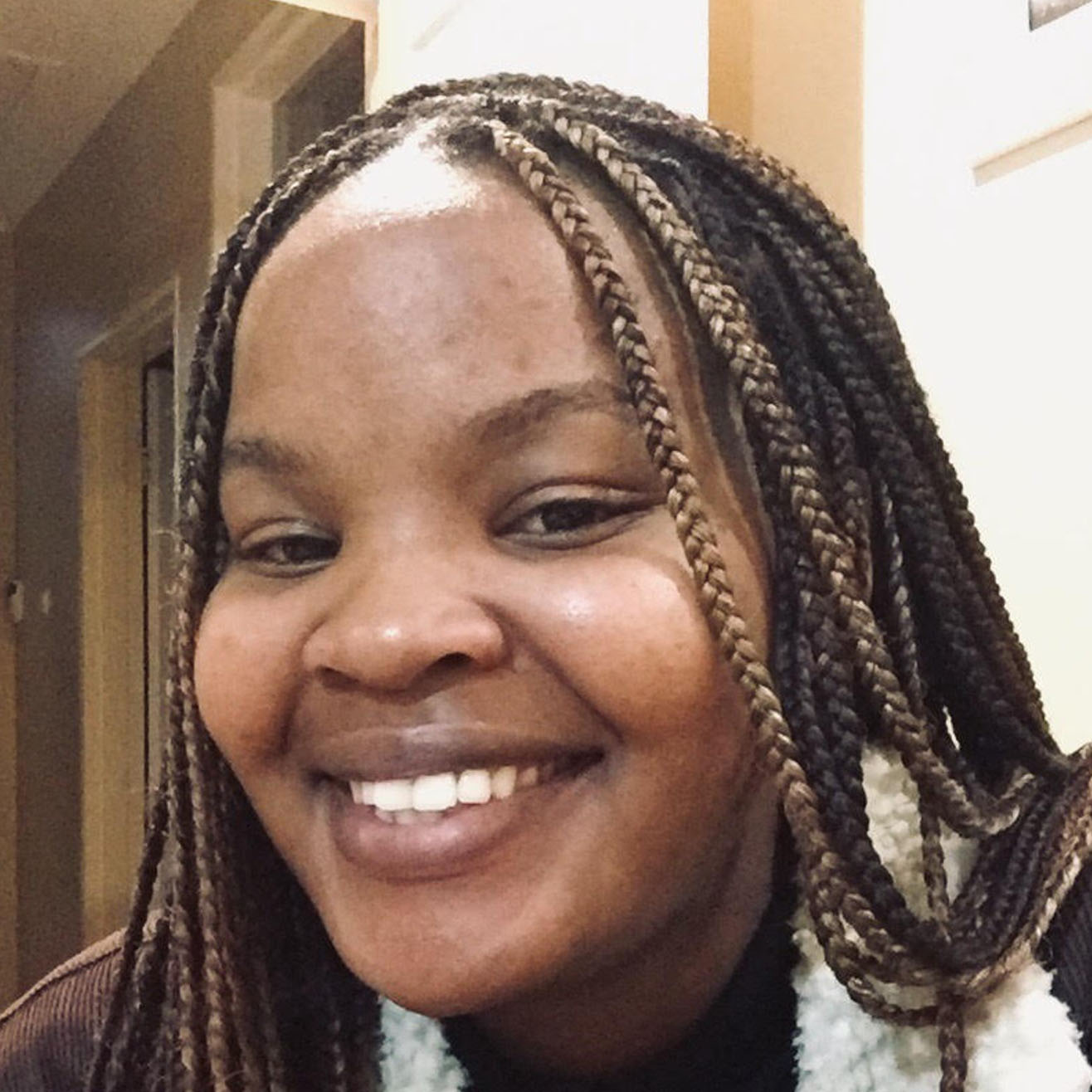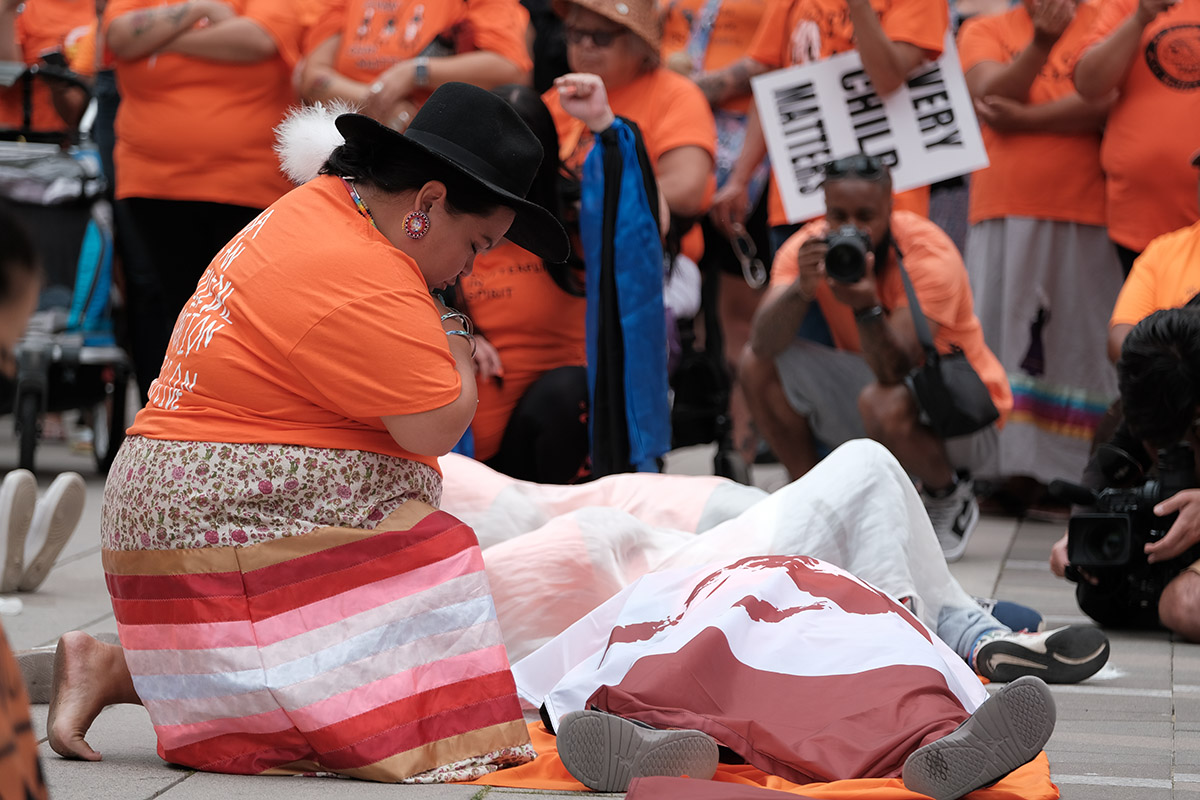How to put a stop to suicide
November 30
More than 700,000 persons die from suicide yearly. With 77% of these global suicides occurring in low and middle-income countries, Kiyara Matambanadzo, a 20-year-old, Commonwealth Correspondent from Zimbabwe argues that urgent intervention and long term preventative measures are critical to save lives.
Roughly every 40 seconds somewhere in the world someone commits suicide. Although it seems sudden, people don’t generally become suicidal overnight. Rather, it is often after months or even years of battling mental illness and facing economic and social triggers that this tragedy occurs.
If tackling suicide prevention in Africa is among our prime concerns, instead of passively waiting to treat our suicidal citizens, African countries must actively and aggressively address the health, economic and social factors that influence suicide.
One of the first issues to address is the perception that mental illness and suicide are first world problems. According to the WHO, over 77% of global suicides that occurred in 2019 occurred in low and middle-income countries despite the fact that there is a general misconception in developing nations that suicide and mental illness are ‘first world concerns.’
The grim reality is that people in low and middle-income countries are more likely to have untreated mental illnesses. They can also expect to encounter both social and economical circumstances that negatively impact their mental health and trigger crises that may lead to suicide attempts.
Fixing the perception of mental illness and suicide in our low to middle-income countries is a priority. This is because it is impossible to administer preventative care when those who need the care do not have the correct information about what causes suicide and how to prevent it.
Chief among the misconceptions held is that suicidal and mentally ill people are either weak, crazy or demonically possessed. These misconceptions are potentially fatal as they can lead to people either seeking help from those who are not qualified to provide care or hiding their illness.
Additionally, greater focus must be given to improving the general lives of people in poorer countries as a means of suicide prevention. This means ensuring everyone has mental health care services available to them at an affordable cost. Governments must also ensure that citizens have job security, food security, affordable health care and accessible education in order to improve the mental health of the general population and reduce potential suicide triggers.
Some of these triggers are job loss, untimely deaths of loved ones (sometimes caused by inaccessible health care), financial and medical exclusion from school and lack of access to food. According to Natalie Staats Reiss, Ph.D., and Mark Dombeck, Ph.D. “the most frequent stressful event leading up to suicide (what is often called a precipitating event) today is mental illness. It is estimated to account for about 90 per cent of all suicides.” This means that while working to reduce economic triggers, we must continue to provide adequate care including therapy, medication and support within work and school environments.
If we are serious about suicide prevention, we must first focus both on long term preventative measures and urgent intervention. Long term preventative measures include the provision of affordable health care, job security, food security and mental health services. These should be given regardless of age, gender, race or whether or not a person suffers from mental illness.
It is worth emphasizing that in addition to ensuring that everyone has access to resources that protect their mental health, we must continue to raise awareness about mental illnesses and we must treat our citizens battling with mental illness early and with the degree of seriousness and respect that they deserve.
Secondly, suicide prevention crisis care must be prioritized. This means urgent care must be given to persons who are already exhibiting suicidal behaviours including suicide ideation. Persons who are suffering from mental illnesses that make them more prone to suicidal tendencies must also be singled out for crisis care when needed.
Contrary to popular belief, there is plenty that we can do to prevent suicide and make our communities safe for those who are experiencing challenges that they feel too alone to talk about or seek help for.
If it makes us uncomfortable knowing that in 40 seconds someone somewhere will commit suicide, it should be empowering to know that we can do something to stop it. Firstly, we must accept that suicide prevention is everyone’s collective responsibility. We can provide a safe space where people can find compassion and support from family members, friends, our bosses, leaders and governments. As human beings, it is the care that we all deserve.
Photo Credit: Shutterstock
About Kiyara Matambanadzo: I am a Zimbabwean citizen. In my community, they see doctors and lawyers as the only successful and influential members of society but I hope to make an impact by addressing the harsh truths in today’s society. I will break the stigma associated with being an African girl and inspire others to do the same.






